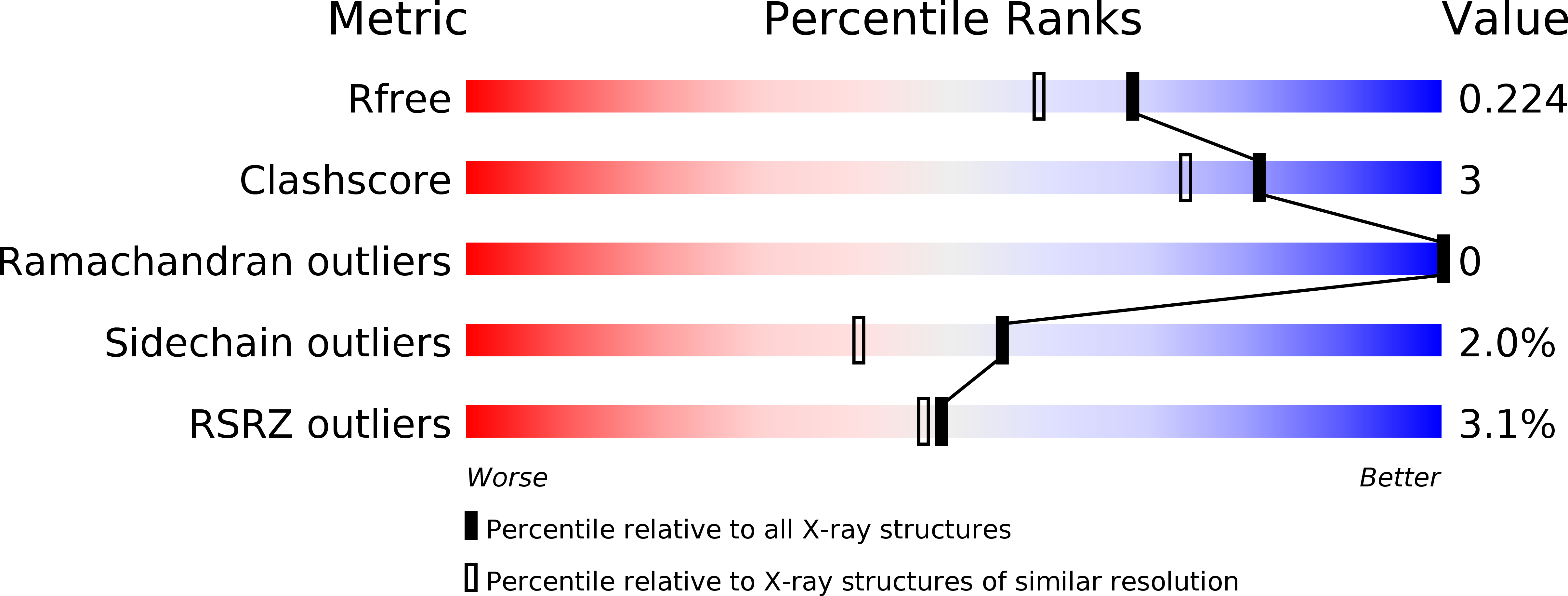
Deposition Date
2011-08-04
Release Date
2012-10-17
Last Version Date
2024-02-28
Entry Detail
PDB ID:
3TAY
Keywords:
Title:
Crystal structure of porcine rotavirus CRW-8 VP8* in complex with N-glycolylneuraminic acid
Biological Source:
Source Organism:
Porcine rotavirus (Taxon ID: 31578)
Host Organism:
Method Details:
Experimental Method:
Resolution:
1.85 Å
R-Value Free:
0.22
R-Value Work:
0.18
R-Value Observed:
0.18
Space Group:
P 21 21 21


